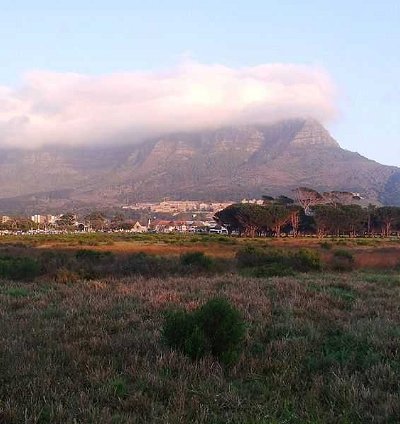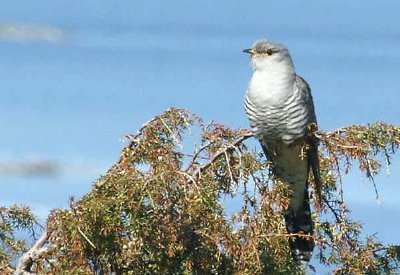 Ralph the llama has decided to visit some cousins who live in central Australia. Help him explore the region.
Ralph the llama has decided to visit some cousins who live in central Australia. Help him explore the region. Average, 10 Qns, looney_tunes,
Aug 04 24
 Ralph the llama has decided to visit some cousins who live in central Australia. Help him explore the region.
Ralph the llama has decided to visit some cousins who live in central Australia. Help him explore the region.  The fynbos is part of the Cape Floristic Region, an area of biodiversity in South Africa that includes a number of unique plants. Nearly 200 plants are endemic to the city of Cape Town.
The fynbos is part of the Cape Floristic Region, an area of biodiversity in South Africa that includes a number of unique plants. Nearly 200 plants are endemic to the city of Cape Town. |
|
 Welcome to the world of parasites. This quiz takes a brief look at some of the more unusual parasitic relationships. Take your time and enjoy.
Welcome to the world of parasites. This quiz takes a brief look at some of the more unusual parasitic relationships. Take your time and enjoy. |
|
 Quick Question
Quick Question = Top 5% Rated Quiz,
= Top 5% Rated Quiz,
 Top 10% Rated Quiz,
Top 10% Rated Quiz,
 Top 20% Rated Quiz,
Top 20% Rated Quiz,
 A Well Rated Quiz
A Well Rated Quiz
· All questions, answers, and quiz content on this website is copyright FunTrivia, Inc and may not be reproduced without permission. Any images from TV shows and movies are copyright their studios, and are being used under "fair use" for commentary and education.